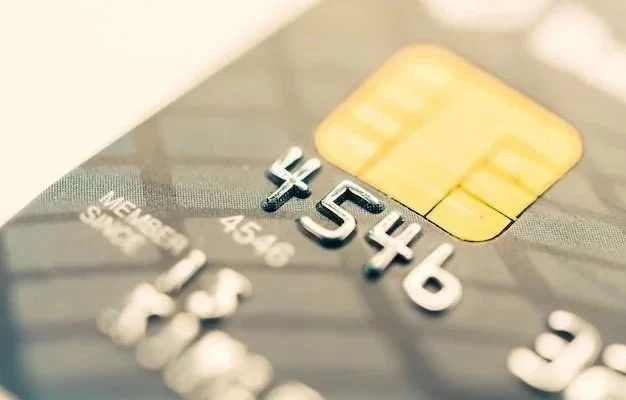Understanding Payment Cards
Payment cards have become an essential part of modern life, with millions of people using them for daily transactions․ Understanding the basics of payment cards is crucial to making informed financial decisions․ A payment card is a type of card that allows cardholders to make purchases, pay bills, or withdraw cash․ It’s a convenient alternative to cash, offering a secure and efficient way to manage finances․
Definition of Credit Card and Mastercard
A credit card is a type of payment card that allows cardholders to borrow money from the issuer to make purchases, pay bills, or get cash advances․ The borrowed amount is then repaid, usually with interest, over time․ Credit cards often come with rewards, benefits, and protections, such as purchase protection, travel insurance, or cashback rewards․ Credit card issuers, like banks or financial institutions, are responsible for managing the credit limit, interest rates, and repayment terms․
A Mastercard, on the other hand, is a payment network that processes transactions between merchants, banks, and cardholders․ Mastercard is not an issuer, but rather a platform that enables transactions to occur․ It provides the infrastructure for credit card transactions, ensuring secure and efficient processing․ Mastercard-branded cards are issued by banks and financial institutions, which set the terms and conditions of the card․

The Difference in Issuance
The key difference in issuance lies in the role of the credit card issuer and the payment network․ Credit card issuers, such as banks or financial institutions, are responsible for issuing credit cards to customers․ They set the terms and conditions, including credit limits, interest rates, and repayment terms․ Issuers also manage the credit card accounts, process transactions, and provide customer support․
Mastercard, as a payment network, does not issue cards directly to customers․ Instead, it partners with banks and financial institutions to issue Mastercard-branded cards․ These issuers then customize the cards with their own branding, terms, and conditions․ Mastercard’s role is to provide the payment processing infrastructure, ensuring that transactions are secure, efficient, and reliable․
Key Features and Benefits
Credit cards and Mastercards offer a range of features and benefits, including convenience, security, and rewards․ Cardholders can enjoy purchase protection, travel insurance, and concierge services, depending on the card type and issuer․ Additionally, many cards provide cashback, points, or travel miles, allowing cardholders to earn rewards on their purchases․
Interest Rates and Fees
One of the key differences between credit cards and Mastercards lies in their interest rates and fees․ Credit cards typically come with variable or fixed interest rates, which apply to outstanding balances when not paid in full․ Mastercards, on the other hand, may offer interest-free periods or lower interest rates, depending on the issuer and card type․ Additionally, both credit cards and Mastercards may charge annual fees, late payment fees, and foreign transaction fees, which can add up quickly if not managed carefully․








